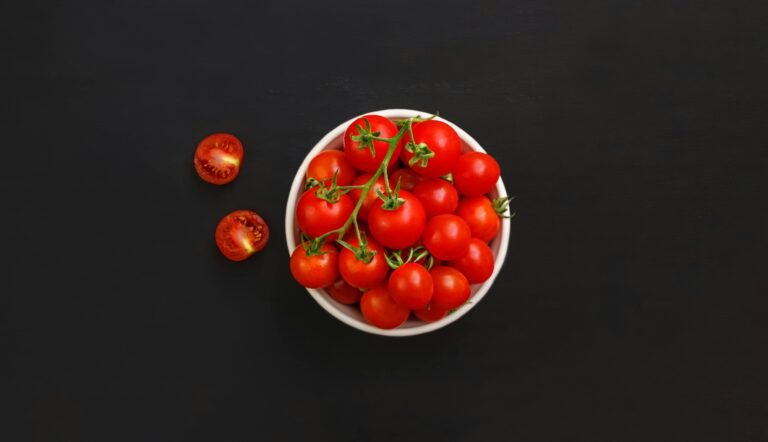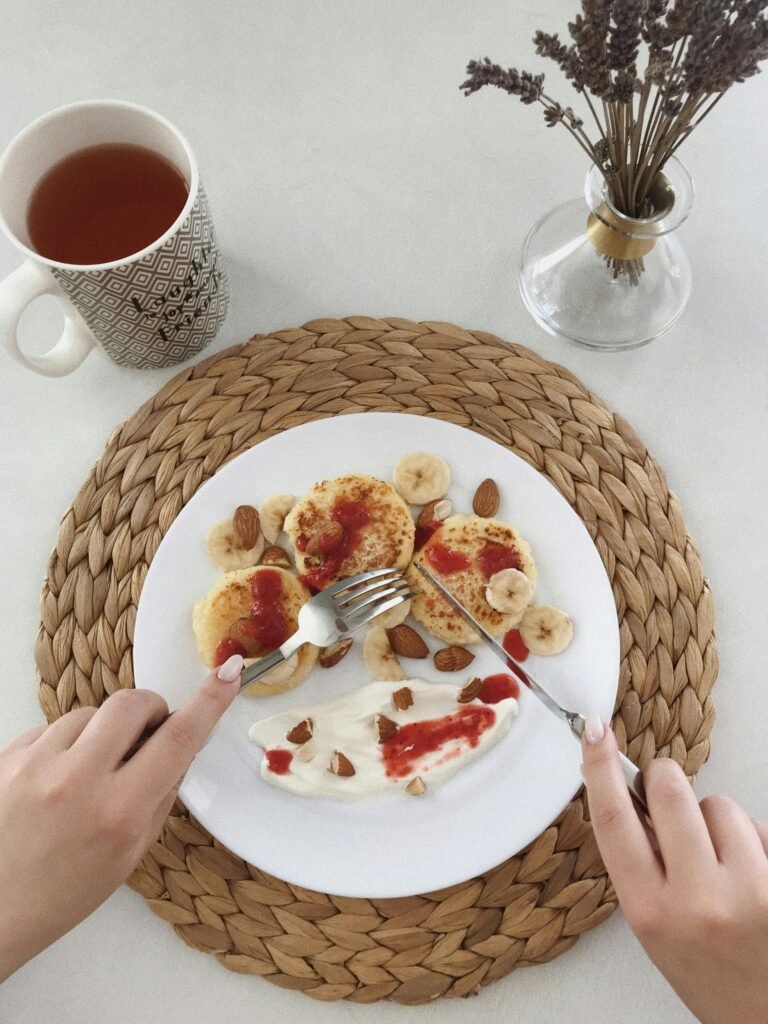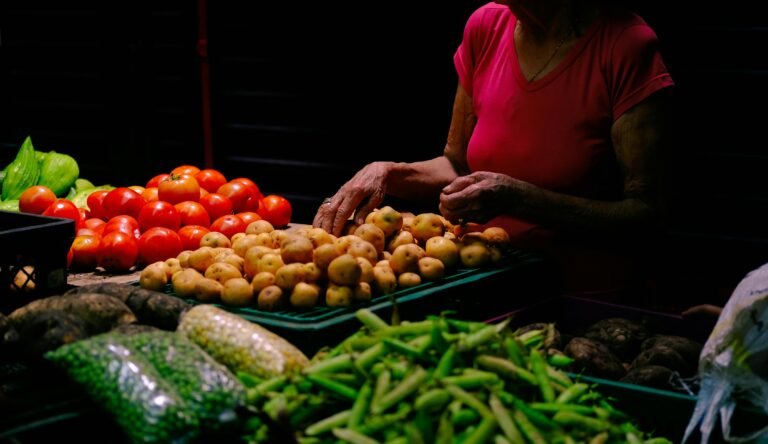The low glycemic index diet for beginners!
Although it is a mistake to consider only the theory of the glycemic index of foods to lose weight, understanding how to avoid eating during main meals so as not to create too high a glycemic load is certainly a useful criterion for two things.
- increase insulin sensitivity , and consequently avoid hunger pangs after a couple of hours from the end of the meal. This allows us to:
increase the sense of satiety from protein and carbohydrate meals
reduce the risk of overweight, post-prandial sleepiness, bloating, apathy
reduce the risk of insulin resistance and therefore also metabolic syndrome
automatically eat less
improve the individual response to hunger / satiety hormones. - improve intestinal bacterial flora , another important factor for increasing metabolism, immune defenses, weight loss.
What does this mean?
That if we know how to manage the glycemic load of meals we can improve our health and lose weight more easily than by just counting calories.
By combining the two things: greater energy expenditure and a lower glycemic load of meals, it is possible to lose weight without absurd or hungry diets.
Ok, so far all nice and I hope for you also clear.
But how to be able to find your way in a simple way without having to consult the glycemic index tables every time? And how can we manage to reduce the glycemic load without completely giving up foods with a high glycemic index?
Does eating with a low glycemic load necessarily mean converting to wholemeal?
Here’s a really simple, two-step scheme for doing a low-GI diet without having to study three or four books.
First, let’s define the concept of portion .
Let’s consider a 100 gram portion of carbohydrate food for comparison: therefore when I speak of a portion I mean 100 grams of pasta, rice or cereals or baked goods, but also 100 grams of fruit or vegetables, and we define in terms of portions foods according to their glycemic index.
The weight is intended as dry or raw.
LOW GLYCEMIC INDEX DIET FOR GLUCIDIC MEAL
Complex carbohydrates:
– TYPE A: up to half a portion (50 g) of white rice, white pasta, white bread, rice cakes, crackers, baked products from refined flours, up to 60 g of gnocchi and 100 g of filled pasta (ravioli, tortellini). – TYPE B: up to 2/3 portion (about 80 gr) of whole grains of any type or wholemeal pasta or legumes (or a mix: half of one and a half of the other), one and a half portion of boiled potatoes with peel, 2/3 portion of polenta, 2/3 portion of pseudocereals (quinoa, amaranth, buckwheat), one portion of wholemeal bread, two and a half portions of sweet potatoes.
Vegetables:
– TYPE A: up to three portions of vegetables (apart from carrots), especially green leaves, but also courgettes, asparagus, artichokes, bean sprouts, mushrooms, or a mix
– TYPE B: up to one portion and half of vegetable
Fruit:
TYPE A: up to one portion of fruit, such as: citrus or red fruits
TYPE B: up to half a portion of any type of fruit
Fat: a tablespoon of oil or butter at the most.
Additions:
only for food A: a protein food of your choice between:
50 g of ham, a large egg, 50 g of low-fat cheese, 20/30 g of parmesan or 100 g of boiled legumes.
So every time we eat type A foods it is better to combine them with proteins.





























+ There are no comments
Add yours